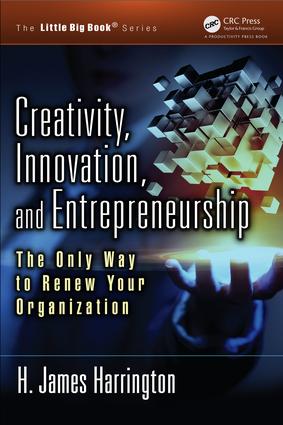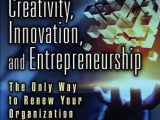Popis
People with ideas are dreamers. People who get things done are doers. One doer is worth eight dreamers. There are three kinds of people who make up an innovator. There are inventors (people who have new and unique ideas), problem solvers (people who have ideas about how to correct a previous error) and entrepreneurs (people who transform ideas into realities). Put them altogether they spell “innovator.”
Most innovative books today focus on ways to create new and unique ideas; some of them also address problem-solving, but this is less than 10% of the methodologies that the innovator needs to master. The approaches used in this book transform an idea into reality, or to put it another way, deliver innovative products to make a profit for the organization and instill pride in its employees. This means that every step in the process needs to have innovation applied to it in order to meet the expectations and demands of today’s sophisticated customer. This book is designed to help the reader and their organization complete the complex process of bringing a new product to market by presenting what is expected at each step in the cycle and providing step-by-step instructions on what to do at each specific step.
In large to mid-sized organizations this book is designed to help each individual understand how they fit into the innovative cycle and explains why they should be more creative related to the work they do and more conscious of the contributions they can make. It emphasizes the importance of every individual contributing to the organization’s innovative process.
The book is designed to help the organization understand its Innovation Systems Cycle. In the early part of the cycle it focuses on weeding out projects that do not have the potential to produce value-added results to the stakeholders. By using the guidelines outlined in this book, an organization can reduce its new project failure rate by as much as 50% which should result in almost doubling the organization’s new product output thereby increasing profits by as much as 15%.









